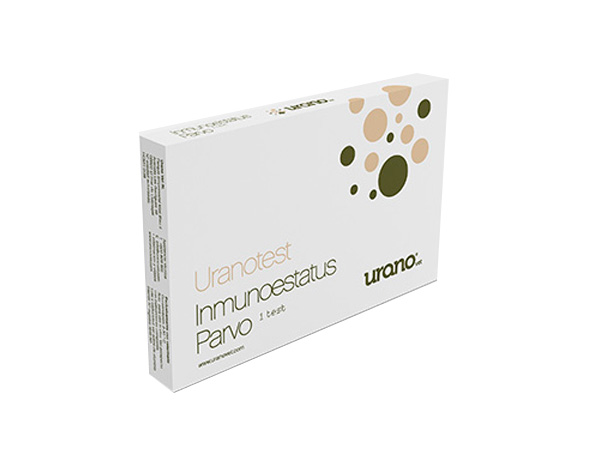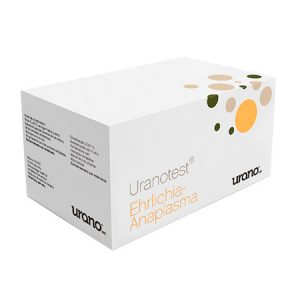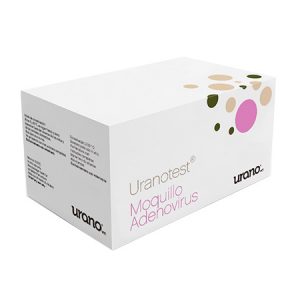Information for the veterinarian
The URANOTEST PARVO IMMUNE STATUS diagnostic kit is based on the immunochromatographic technique and is designed for the qualitative detection of antibodies for Canine Parvovirus in whole blood, serum and plasma.
The test consists of several overlapped membranes. On one of the membranes, there are a test line (T line) and control line (C line). The lines are not visible before applying the sample. After applying the sample in the appropriate sample well, migration begins by capillarity action through the membrane. If the result is negative, one purple colour band appears in the C area. This line, called control line, always appears, as it is a control line indicating that the test has successfully performed. If the test result is positive, in addition to the control line, a second line will form in the test area (Test line).
The intensity of the test line in comparison with the control line will give an approximate idea about the antibody concentration present in the sample.
- Test devices individually packaged in aluminium pouch.
- Disposable capillary pipettes for sample collection. The mark at the capillary indicates a volume of 5 µl.
- Tubes with anticoagulant (EDTA) for sample collection.
- Tubes with buffer solution for sample dilution.
- Disposable plastic pipettes.
- Instructions for use.
- For veterinary use only.
- Wear disposable gloves when handling the samples. All samples should be treated as potentially infectious. Wash and disinfect hands after handling. Avoid aerosol formation when dispensing the sample.
- To obtain good results, it is important to add the correct sample volume.
- Open the device just before use.
- All reagents must be at room temperature before performing the test.
- Do not use the test if the envelope is damaged or broken.
- Do not re-use.
- Do not use reagents after the expiry date.
- The quality of each component of the kit has been individually assessed for each batch. Do not mix components or reagents from kits with different batch numbers




Reviews
There are no reviews yet.